In the summer of 1865, Edward Whymper stood beneath the east face of the Matterhorn, a pyramid of snow and shattered rock rising nearly 4,500 meters above Zermatt. Sheer. Seductive. Untouched. The last great Alpine summit. For five years, Whymper had tried and failed to climb it. This time, he returned with a team, hungry, hopeful, and trusting.
They were seven: Whymper himself, driven and experienced. Michel Croz, the strongest guide in Chamonix. Reverend Charles Hudson, calm and capable. Lord Francis Douglas, a young aristocrat with natural athleticism. Douglas Hadow, only nineteen, was promising but inexperienced. Then there was Peter Taugwalder, a solid Zermatt local, and his son, Peter Jr., barely into adulthood but already shaped by the mountains.
The plan was fast and bold, no fixed camps. Just two ropes, two teams, and a single clean push from the Hörnli Ridge. On July 13, they left the Monte Rosa Hotel in Zermatt in clear weather. By midday, they were camped high on the ridge. Croz and Peter Jr. climbed ahead to scout the upper route while the rest shared a hot meal. Spirits were high. The mountain, for once, looked calm.
At 3:40 in the morning on July 14, they set off. Croz led. Then Whymper, Hudson, and Hadow. Behind them, roped separately, were Old Taugwalder, Lord Douglas, and Peter Jr. They moved well. The rock was dry. Step by step, the summit was closer. Around noon, they crossed to the narrow north face, slanting and exposed. The line was direct and terrifying.
At 13:40 on 14th July, Croz and Whymper stepped onto the summit. Ten minutes later, all seven were standing on top of the Matterhorn. After years of failure, the peak had fallen. Smiles. Handshakes. A final glance across the Alps. The last great unclimbed mountain in Europe had finally been climbed.
But the mountain was not finished.
They stayed less than an hour, then clouds started gathering, and the weather started shifting. Then, they began the descent carefully and deliberately, but the rope teams changed. Croz still led. Then came Hadow, followed by Hudson and Lord Douglas. All four were tied to the front rope. Behind them, still roped separately, came Old Taugwalder, Whymper, and Peter Jr.
Then, while descending on a short rock step, disaster struck.
Hadow slipped and crashed into Croz, knocking him off the ridge. Hudson and Douglas followed — yanked off in seconds. Four men in free fall. Gone.
Old Taugwalder had braced. But the rope between him and Douglas was thin, not designed for shock. It snapped.
Whymper saw it curl limp into the void.
Silence followed. No screams. Just the wind. The rope had failed. The weight of four climbers too much for one line to bear. Croz, Hudson, Hadow, and Douglas were gone.
Whymper and the Taugwalders were alone. High on the mountain. Shaken, stunned. They couldn’t speak. They couldn’t move. Eventually, they continued down, inching toward safety in shock.
Below the Shoulder, they bivouacked on bare rock. No food. No tent. Just a sleepless night under a darkening sky. At dawn, they began moving again. Whymper coughed blood. Peter Jr. cried. His father stayed quiet. By midafternoon, they reached Zermatt.
The town was silent.
News of the tragedy spread fast. Recovery efforts were launched. Whymper and the Taugwalders, too broken to return, stayed behind. A search team found Croz, Hudson, and Hadow on the glacier. Their bodies were shattered. Their gear was scattered. Lord Douglas was never found. Taken by the mountain forever.
The church bells rang for the fallen. Three coffins were buried in Zermatt’s small graveyard. But grief quickly gave way to questions.
Why had Hadow young, untrained been taken on the climb? Why had the weakest rope been used to tie Douglas and the rest? Who decided the team order? Who bore the blame?
Whispers turned to rumors. That Taugwalder had cut the rope. That Whymper had chosen ambition over caution. That it was ego, not trust, that broke that line.
An inquiry followed. Whymper was cleared. So were the Taugwalders. But doubts remained. The rope that was frayed, fragile was later displayed in a glass case in Zermatt. A mute reminder of how thin the line can be.
Whymper spent the rest of his life explaining what happened. His book, Scrambles Amongst the Alps, became a classic and a defense. Peter Jr. returned to the Matterhorn again and again over a hundred times, but the first ascent never left him. Old Peter never led another major climb. Lord Douglas was never found.
The summit had been reached.
But at a cost.
The Matterhorn took four lives that day. It took answers. It left scars. It gave fame, but with grief folded inside it.
This wasn’t just a story of ascent.
It was a story of descent. Of what happens when success turns to silence in seconds. When trust snaps. When the mountain takes.
The summit was only halfway.
The Matterhorn was climbed.
But in a hard way.


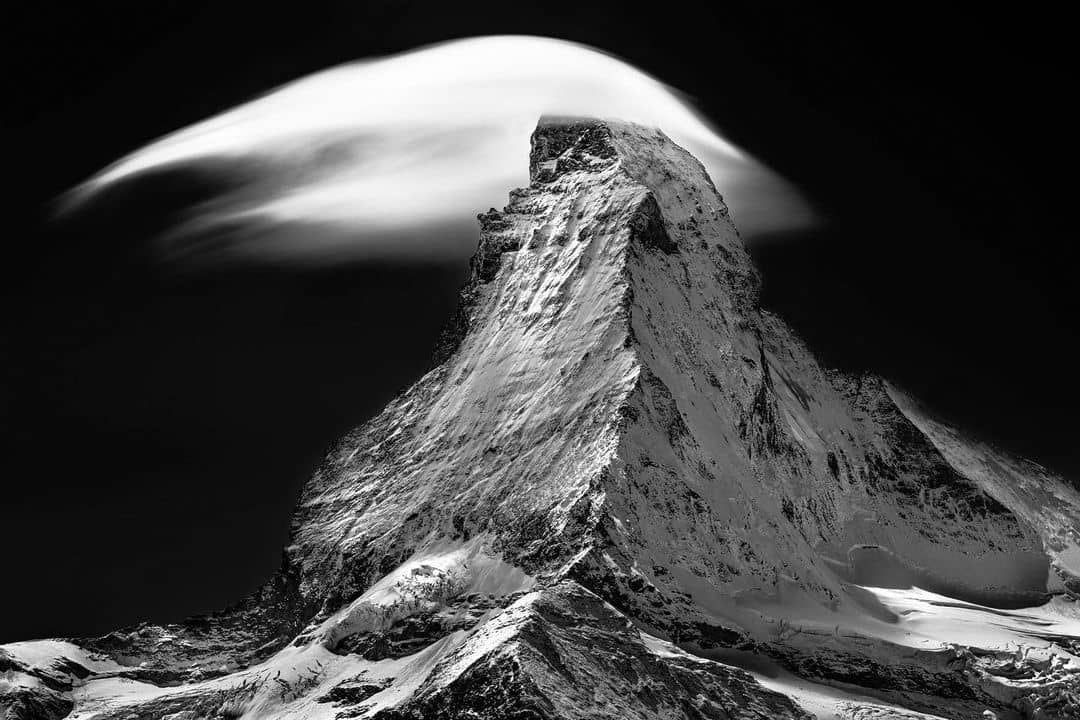
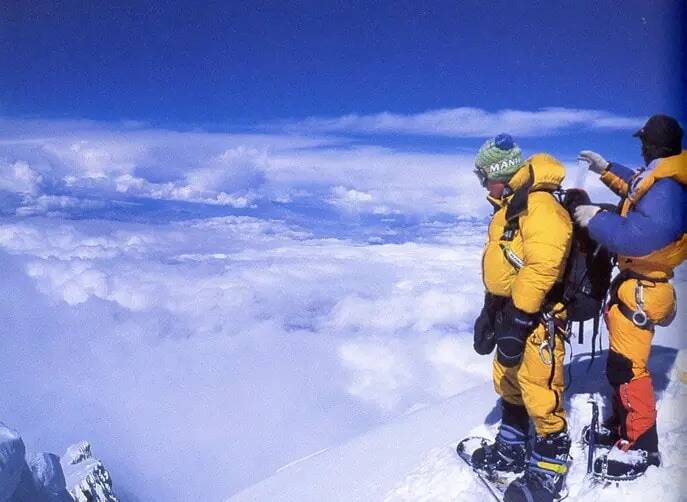
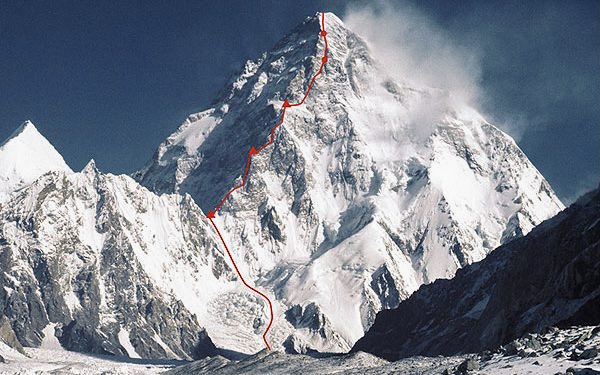
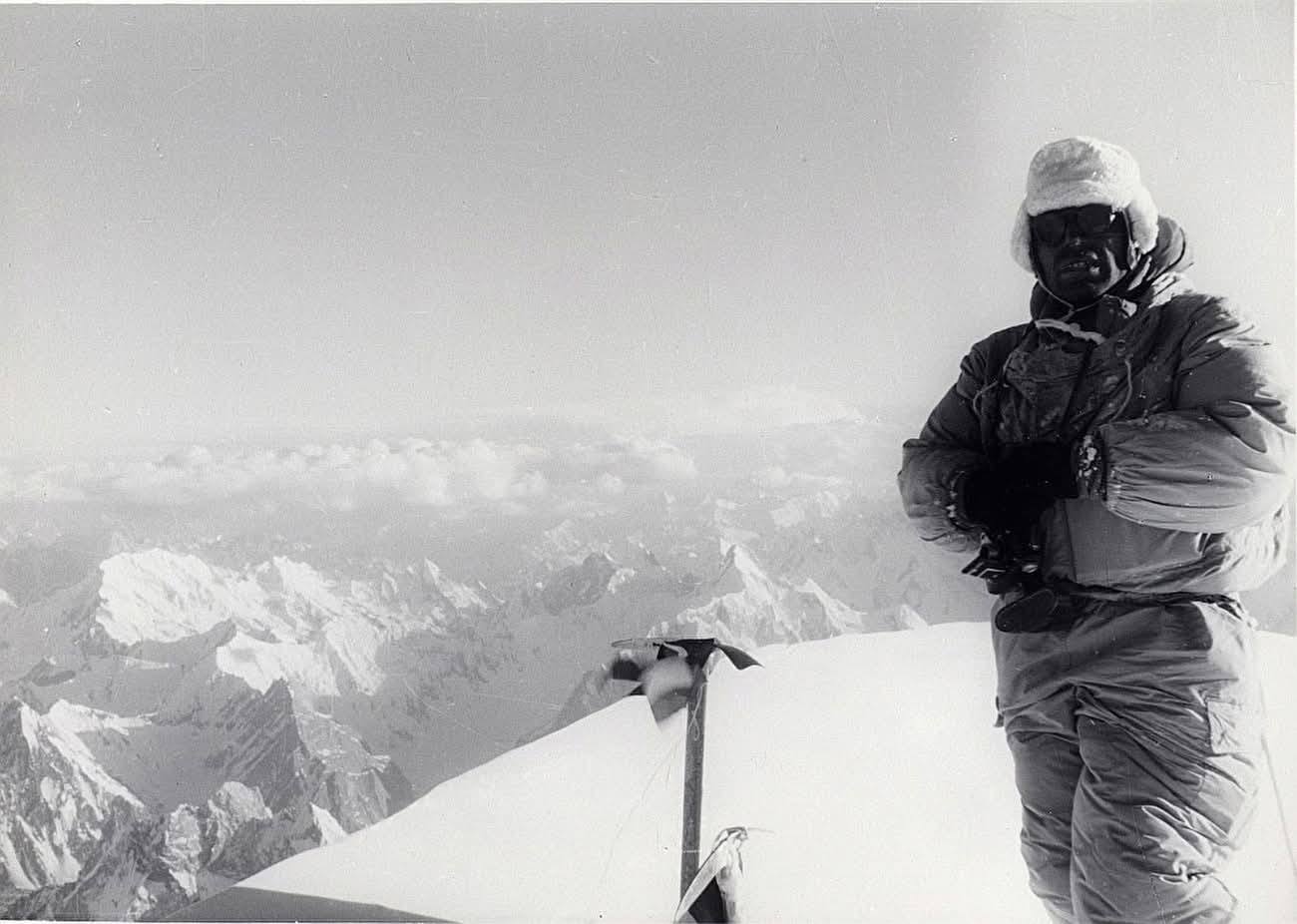
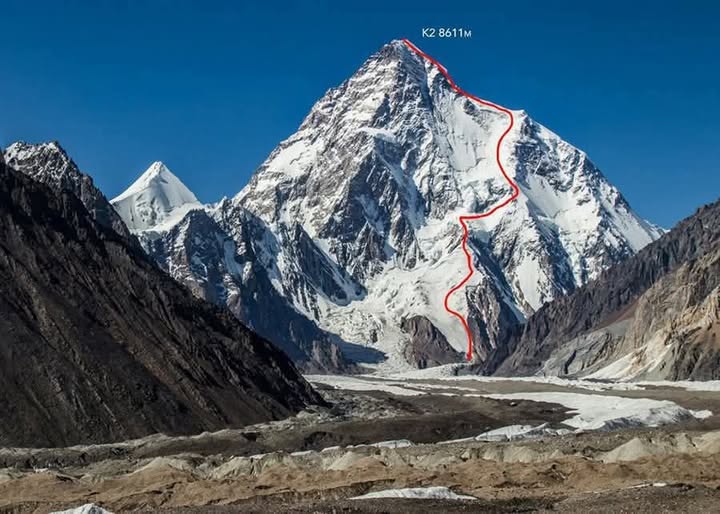
What an incredible story, and it goes to show; the first climb is the hardest!